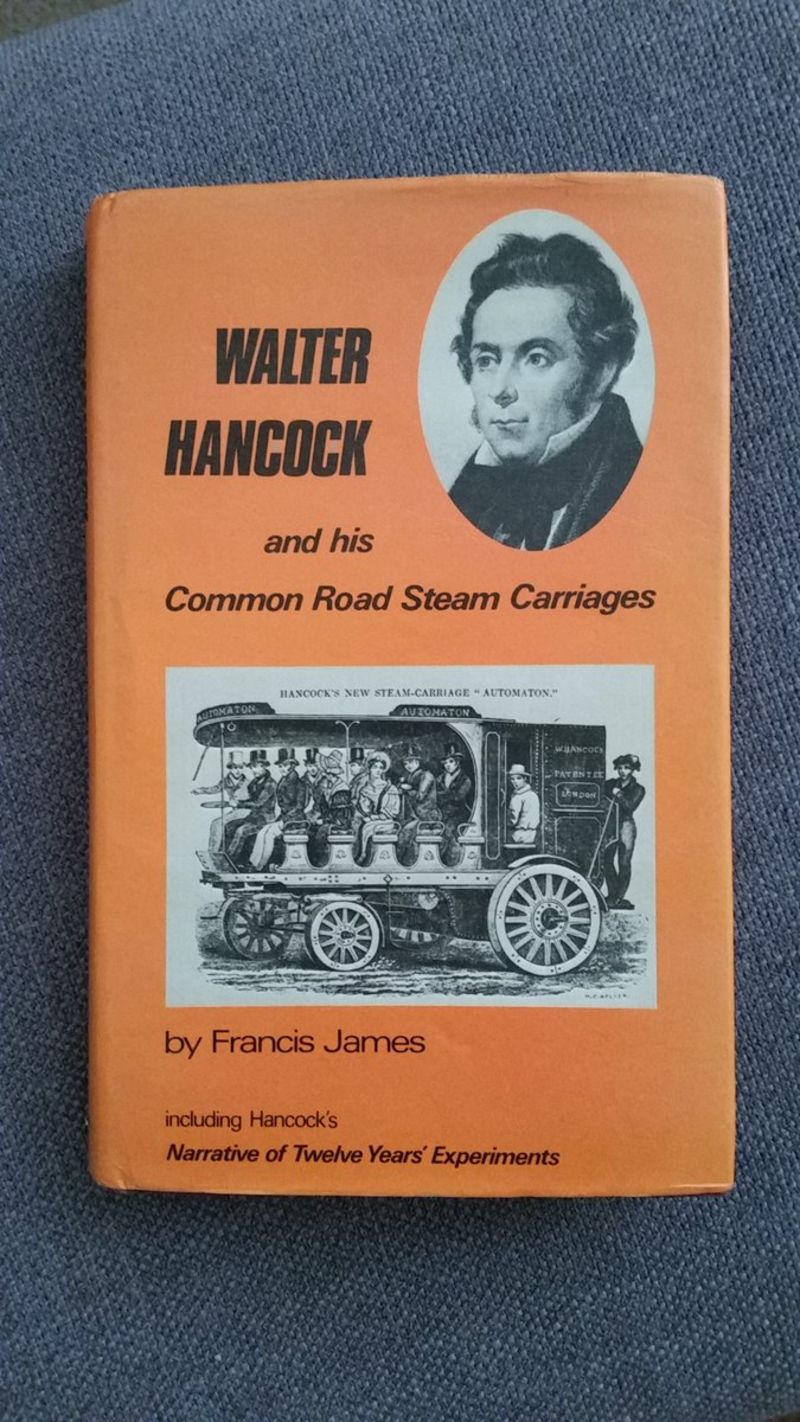
One of the oft-overlooked sagas in automotive history, is that of the steam-coach era, during the 1820s and 1830s. The automobile very nearly became a practical reality 50 years before Benz first ran his patent motorwagen.
The story as often told is the steam carriages might have been successful, but were shut out of competition by toll road operators, stagecoach companies, and Luddites. The reality of course, is much more nuanced, and honestly kind of sad. Even though I knew, that obviously, Walter Hancock didn’t succeed in his steam powered bus venture - I wasn’t really prepared for how much of a downer the real story was going to be. I’m not going to say it’s a depressing tear-jerker, but there is something about watching a person’s ambitions and passions being unraveled by circumstances beyond their control, that inevitably leaves one feeling pity, and even sharing in the feeling of loss somewhat.
The Hancock family had some interesting characters, and it was Walter’s brother who figured out how to rubberize cloth, leading to the invention of the modern day raincoat. This invention kept the whole of the family rather busy, and more or less well off. Walter built the foundry that built the tools and machines necessary for his brother’s rubberized cloth business. When he started experimenting with powering the foundry with steam, he also became fixated on creating steam powered road vehicles.
Almost all of his experimentation was done on his own dime. Unlike many others who were creating and promoting all manner of impractical, and unsafe designs, Walter was reserved in his claims, and occupied with testing his machines in real world conditions and instituting evolutionary changes to make his machines more reliable and more economical. Which he did to a degree that none of his contemporaries could come close to matching.
His success, however, attracted the attention and envy of less scrupulous people, and he unfortunately ended up getting screwed over multiple times by idiotic/malicious business partners. The first commercially viable bus in the world was built by him for a company that promised to buy two more from him if the first was successful. But after he delivered the first bus to them, they secretly disassembled it and built a copy piece by piece. Then, they tried to return it for a refund. However, their copy, built without Walter’s years of practical experience, was apparently so shit, that it only ever went on one test run. Understandably miffed, Walter refused to build them another.
The window of opportunity to establish steam powered road vehicles as a practical and profitable enterprise worthy of development was quite small, and the false starts and empty promises basically ensured that Walter just barely missed it through no fault of his own. By the mid 1830s, railways had proved themselves, and that’s where investors were looking. The steam powered carriage was shelved, rather frustratingly, just a few years before several key technological developments would have made it much more economical/profitable to run.
Not longer after he gave up on the steam vehicle business, he was forced out of his own foundry through a series of management blunders (and malicious actions of board members) at his brother’s rubber company. Although he set up an entirely new company to manufacture gutta-percha covered telegraph cable - it was never entirely profitable, and he died in 1852.
Oh, and did you know, somebody built a full sized, working replica of his Enterprise?